Apple, pumpkin, and pecan might hog the spotlight today, but America’s pie history runs far deeper. Long before Instagrammable pumpkin spice lattes, families were serving quirky, creative pies that reflected what was available in their kitchens. Some of these recipes were born out of hard times, others out of pure culinary curiosity, but almost all have faded into obscurity. From vinegar-laced custards to candy-flavored fillings, these pies were once staples on farmhouse tables and diner counters. Let’s dust off the recipe cards and revisit the forgotten flavors that tell a different story of American dessert history.
Egg Custard Pie: Simple, Creamy, Timeless
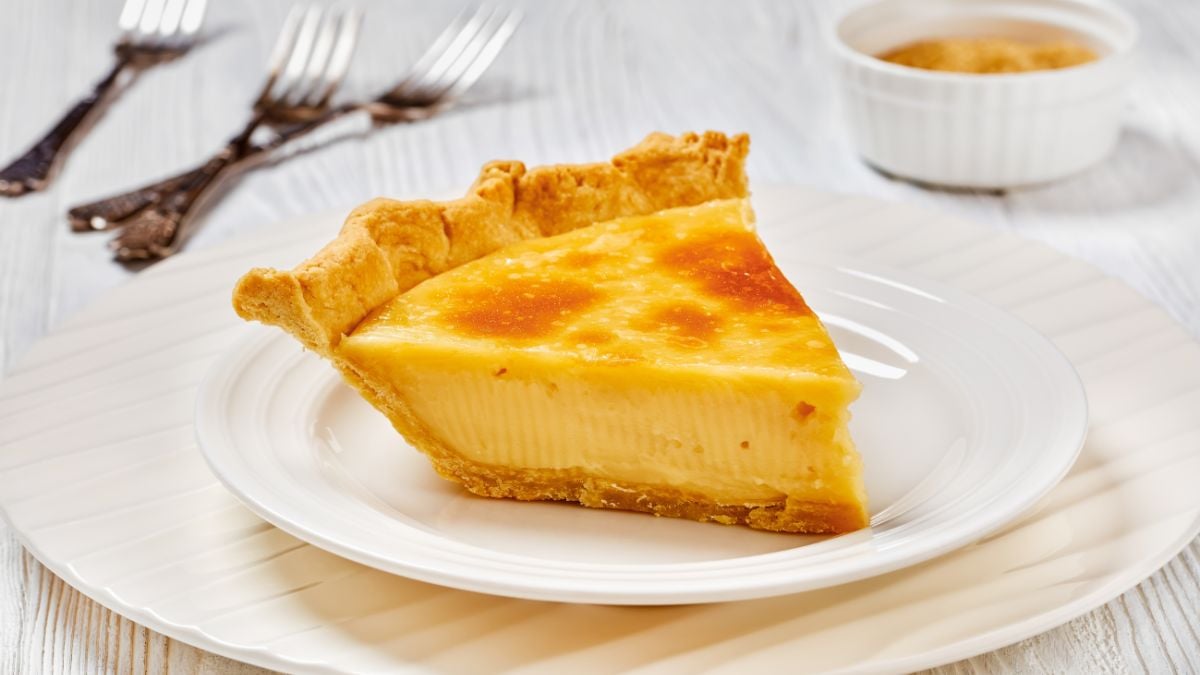
This pie keeps things old-school with just eggs, dairy, sugar, and spice. While custards are still common in cheesecakes and quiches, the humble egg custard pie has nearly disappeared outside the South. Its silky filling and nutmeg topping once made it a family favorite. Today, spotting one feels more like stumbling upon a relic.
Butterscotch Pie: Caramel’s Lost Cousin
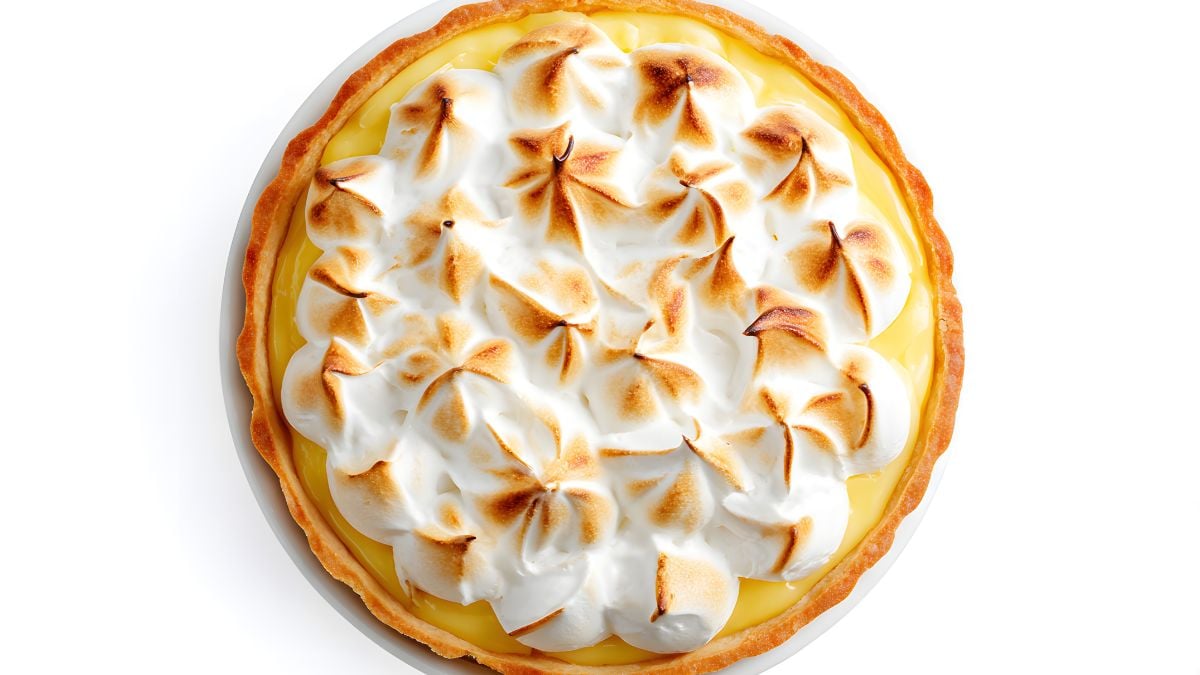
Before caramel dominated dessert menus, butterscotch was the go-to flavor. Made with butter, brown sugar, and cream, this pie was rich and smooth with a deeper flavor than caramel. Legend says its creation in Indiana was a kitchen accident gone right. Once a restaurant staple, it faded fast when caramel stole the spotlight.
Shoofly Pie: Sticky and Crumbly Tradition
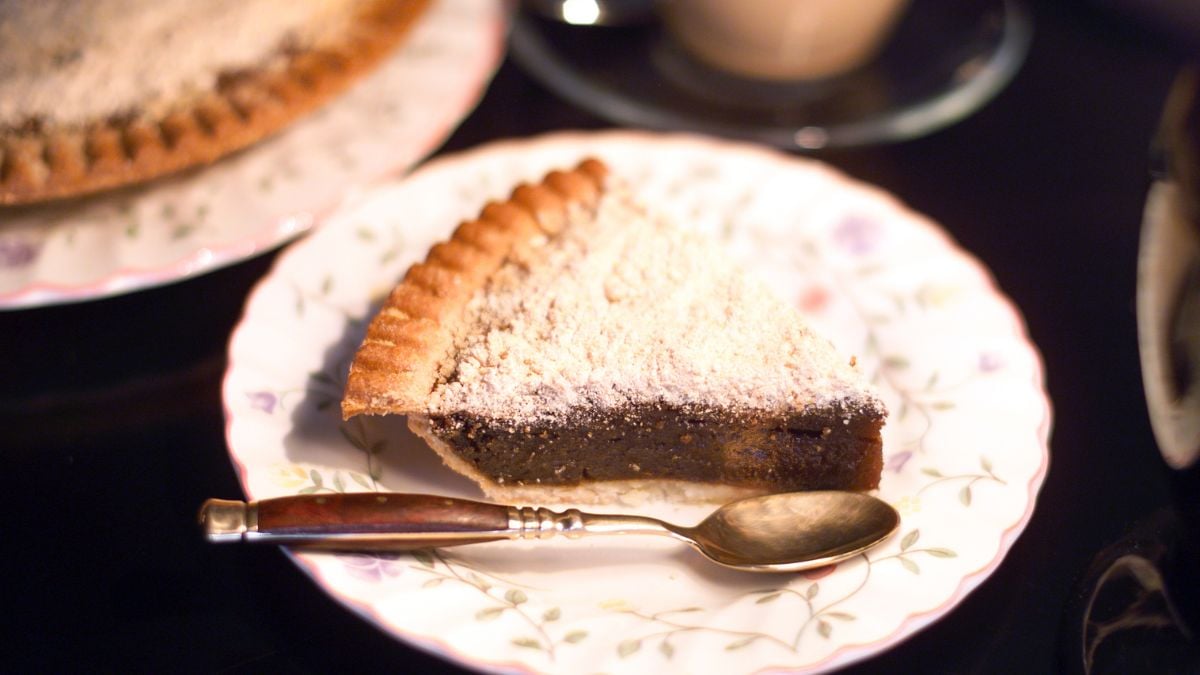
Part cake, part pie, this Pennsylvania Dutch classic blends molasses with a crumby topping. Depending on the version, it can be gooey (“wet bottom”) or more cake-like (“dry bottom”). Both were beloved by Amish communities more than a century ago. Outside of local markets, though, it’s practically vanished.
Raisin Pie: Also Known as Funeral Pie
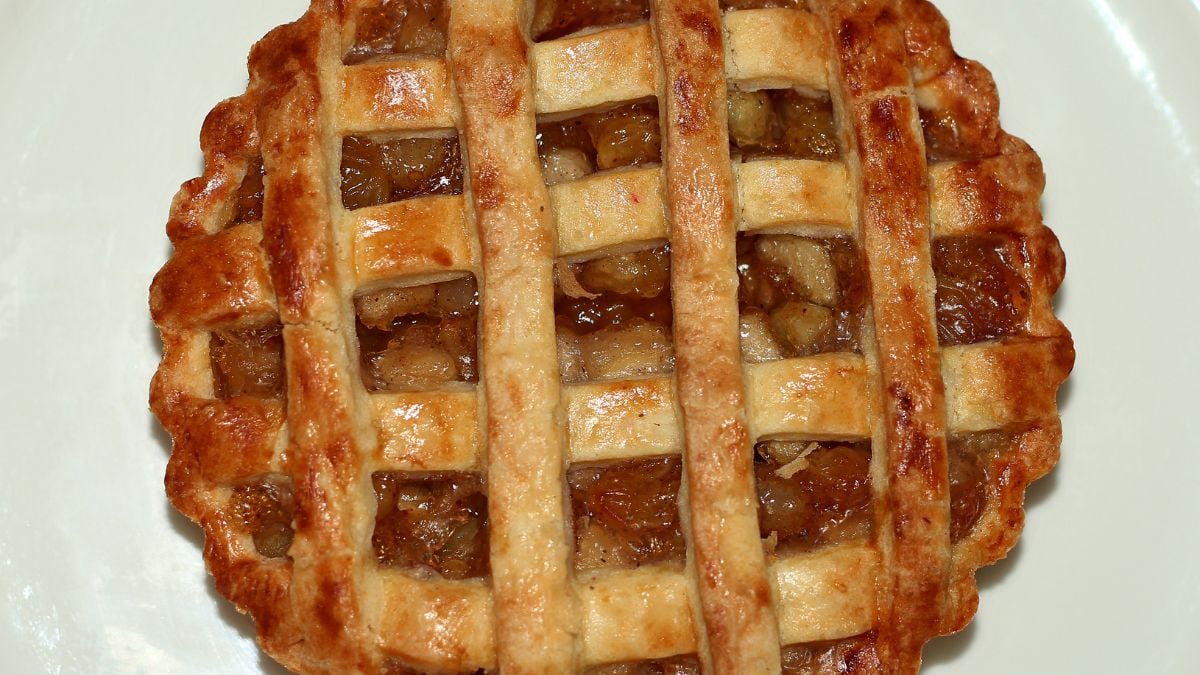
This pie got its somber nickname from its role at Pennsylvania Dutch funerals. Raisins were durable, sweet, and easy to store, making them a perfect filling for hard times. The result was a pie that paired dried fruit with sugar and lemon for a tangy-sweet punch. Today, it’s a rarity even in its birthplace.
Vinegar Pie: Tart and Unexpected
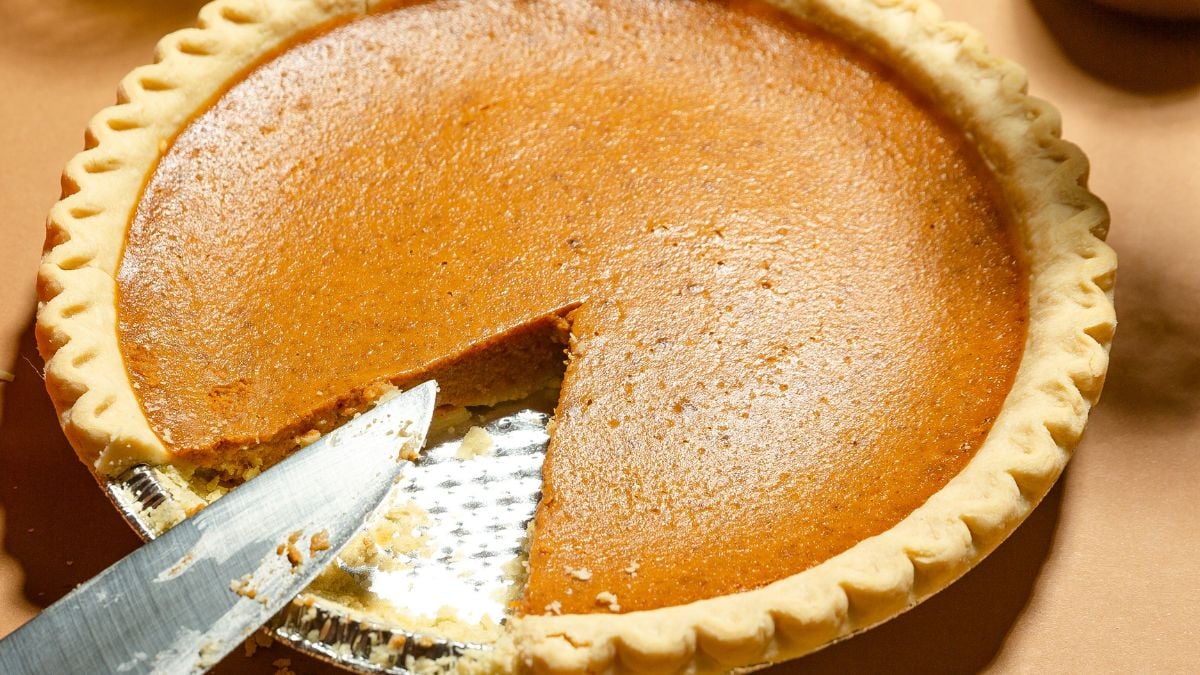
Yes, vinegar. Paired with sugar and flour, it made a custard-like filling that surprised with a tart finish. It wasn’t just a Depression-era scrappy bake—it dates back to the mid-1800s. Fans of lemon or key lime pies might appreciate its bracing bite. But for many, vinegar in dessert was a dealbreaker.
Buttermilk Pie: Southern Comfort Classic
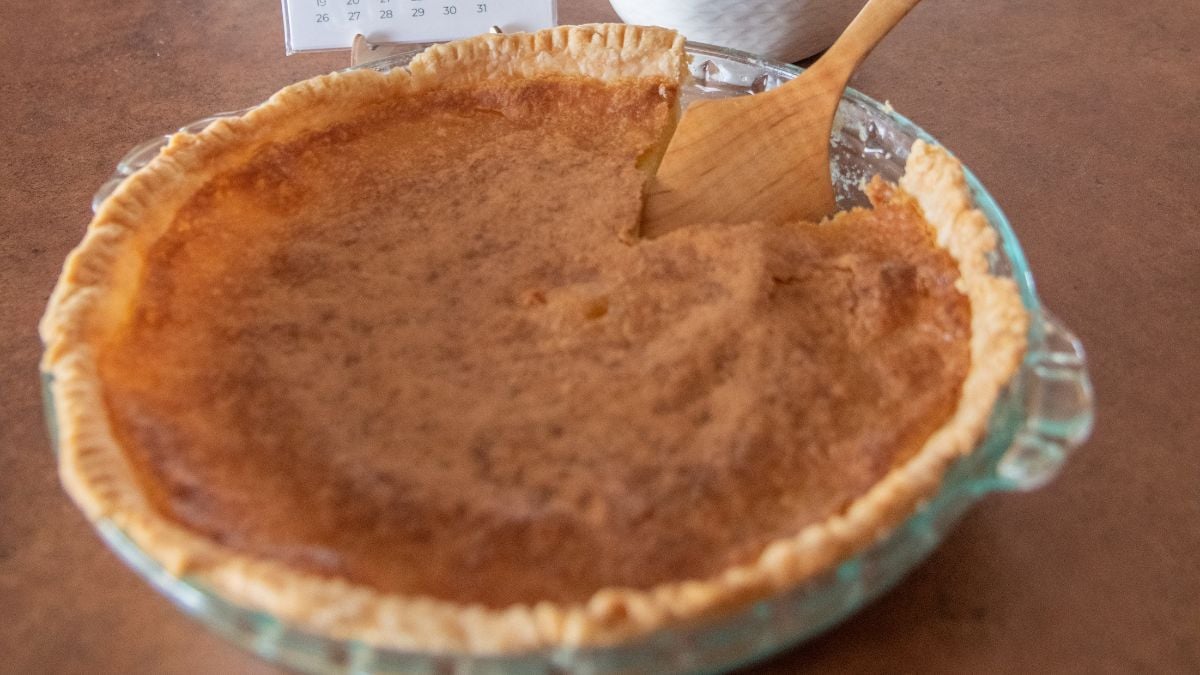
Born in the South, this pie relied on buttermilk for its tangy custard. Its simplicity made it popular during tough winters and leaner times. Similar to chess pie, it was cheap, filling, and a bit indulgent. With its crème brulee-like texture, it deserves a modern comeback.
Sugar Cream Pie: Indiana’s Official Sweet
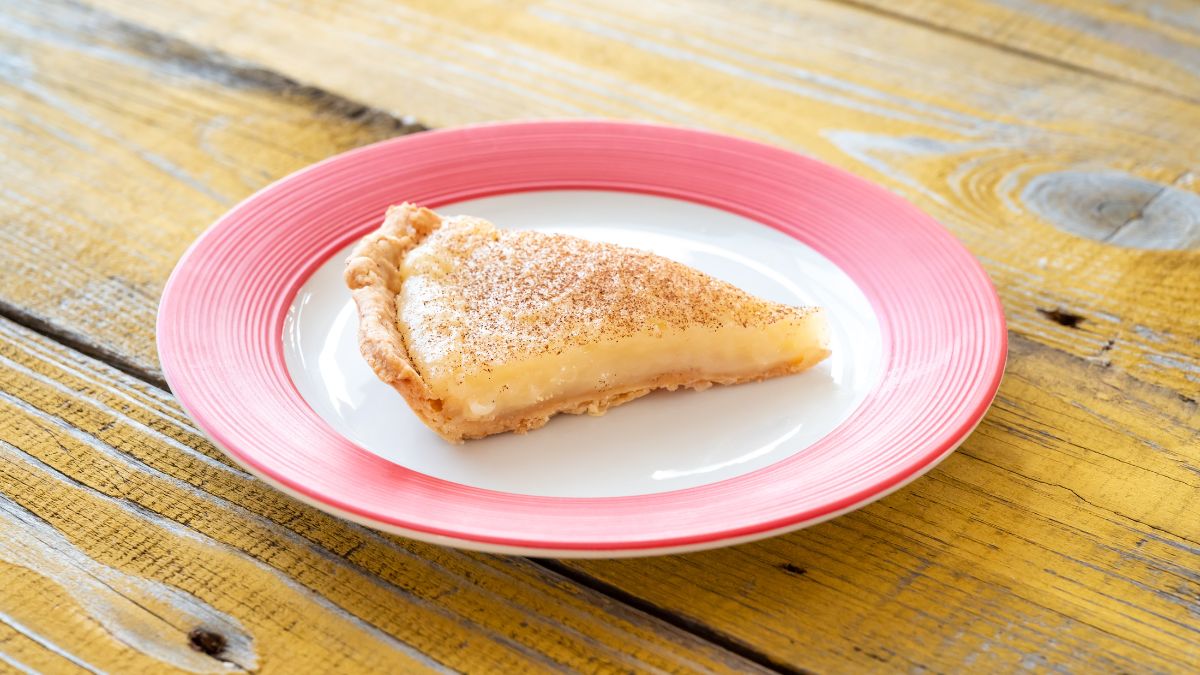
Nicknamed “Hoosier Pie,” this creamy treat hails from Indiana. It was a practical recipe for times when fruit was scarce. Its filling of cream, sugar, and nutmeg baked into a flaky crust made it a go-to comfort food. Despite its official state pie status, it remains surprisingly obscure.
Water Pie: Depression-Era Ingenuity
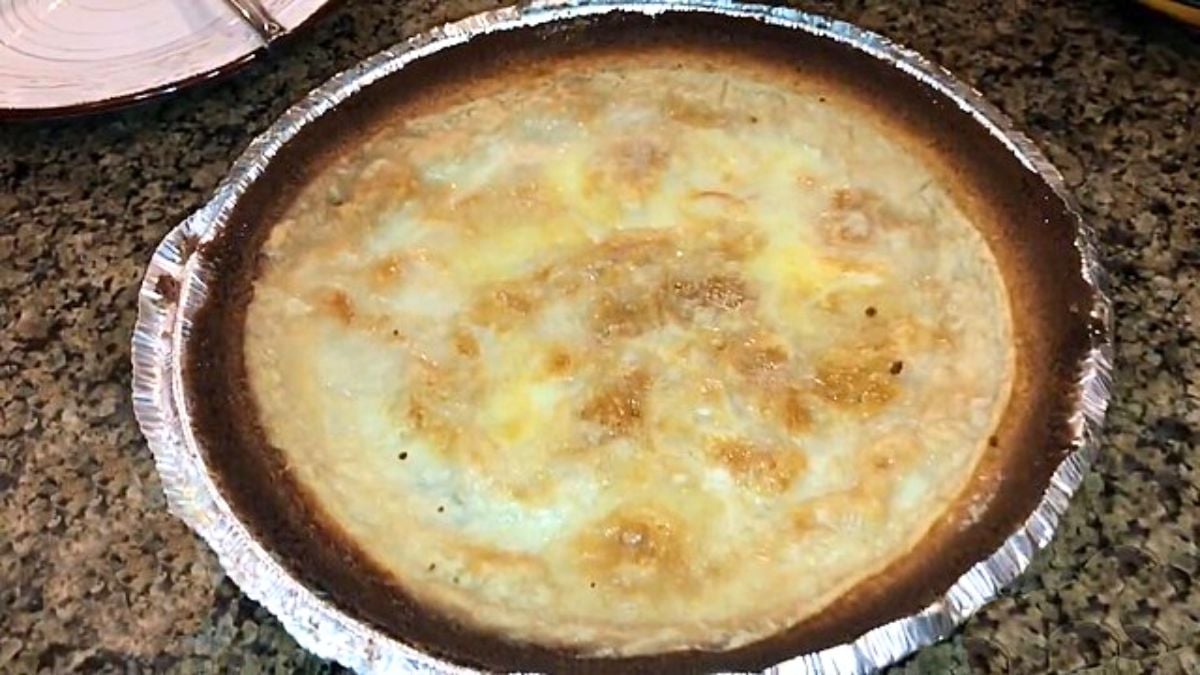
Yes, water was once the star ingredient. During the Great Depression, bakers mixed water with sugar, butter, and flour to create a custardy filling. It was cheap, resourceful, and surprisingly tasty for what it was. Few pies capture the grit of the era quite like this one.
Icebox Pie: Cool and Convenient
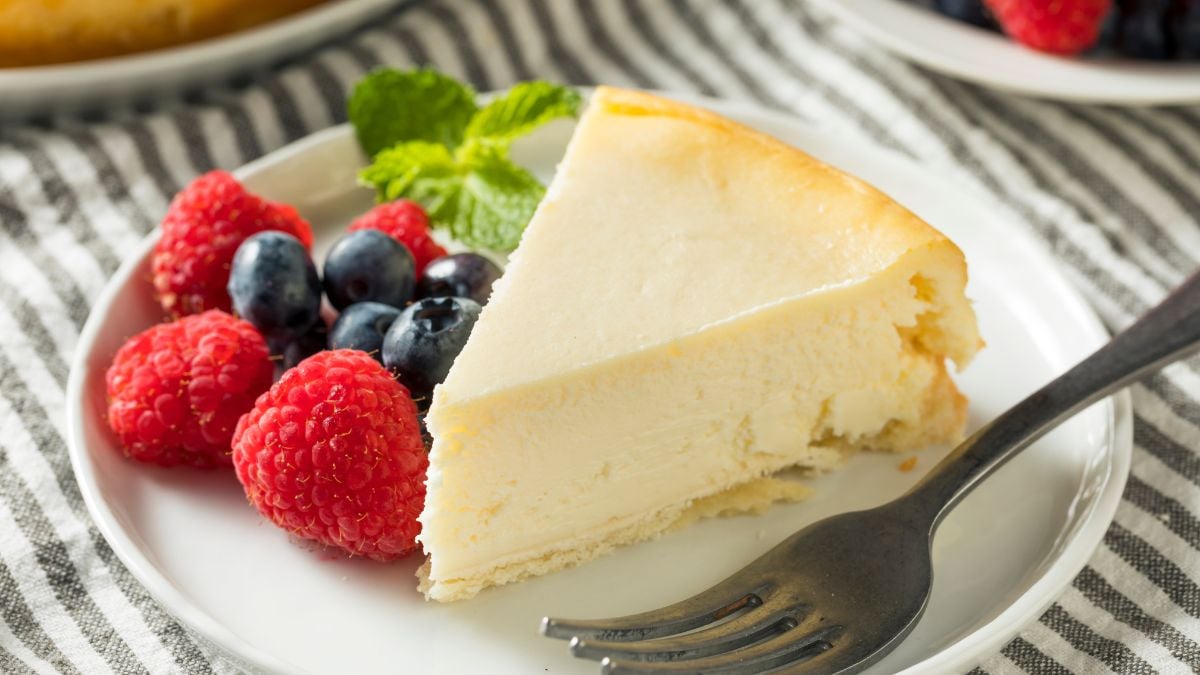
Before freezers were common, families leaned on “icebox pies.” These no-bake desserts are set up in the fridge with whipped cream, gelatin, or sweetened condensed milk. Lemon icebox pie was especially popular in the South. Today’s chilled cheesecakes and pudding pies owe their roots to this old-fashioned hack.
Peanut Pie: Nutty and Nostalgic
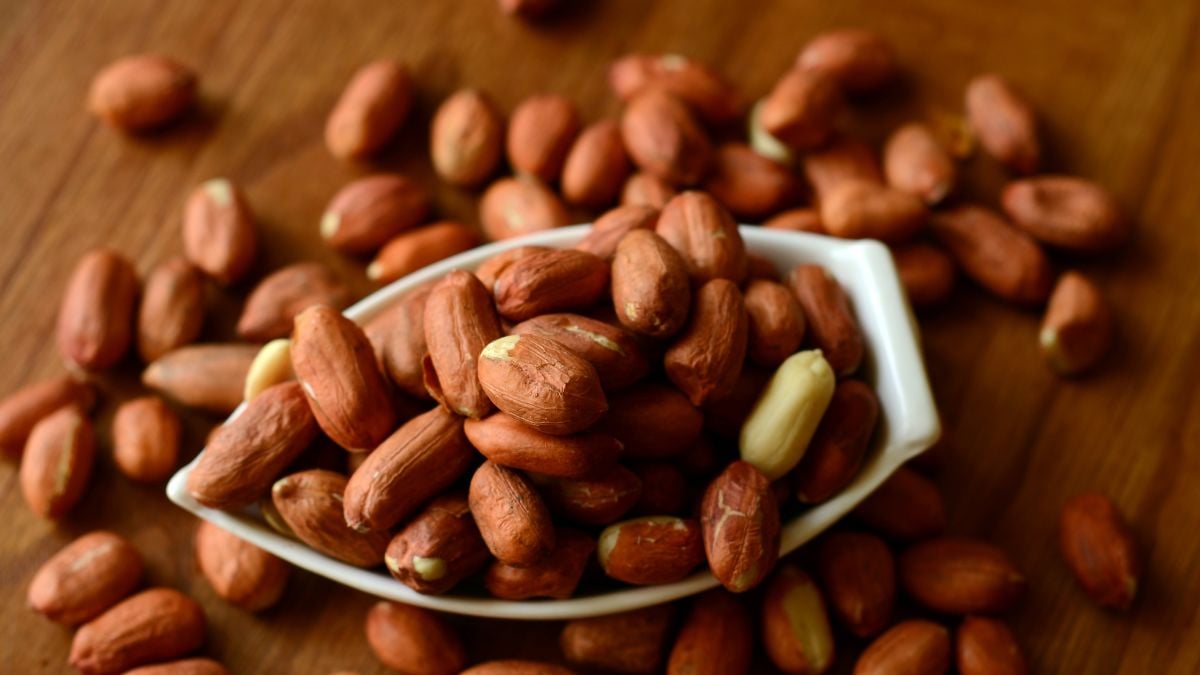
Move over pecan—this pie swapped in peanuts for a more accessible crunch. Common in the South, it mixed roasted peanuts with a sticky filling. The result was sweet, salty, and hearty all at once. It never hit pecan pie’s level of fame but remained a diner favorite for decades.
Slab Pie: Big-Batch Baking
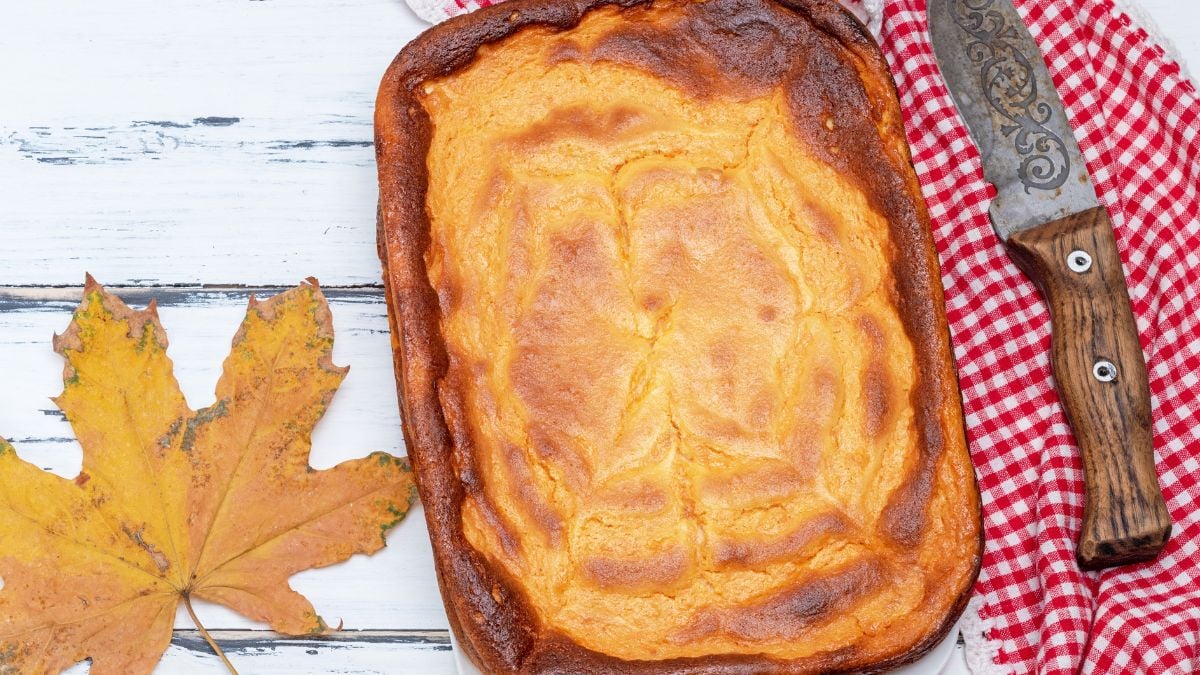
Slab pies weren’t about fancy presentation—they were about feeding a crowd. Baked in sheet pans, they were easy to slice and share. Perfect for church socials or family reunions, they packed maximum pie with minimal fuss. Think of them as the casserole version of dessert.
Marlborough Pie: New England’s Apple Custard
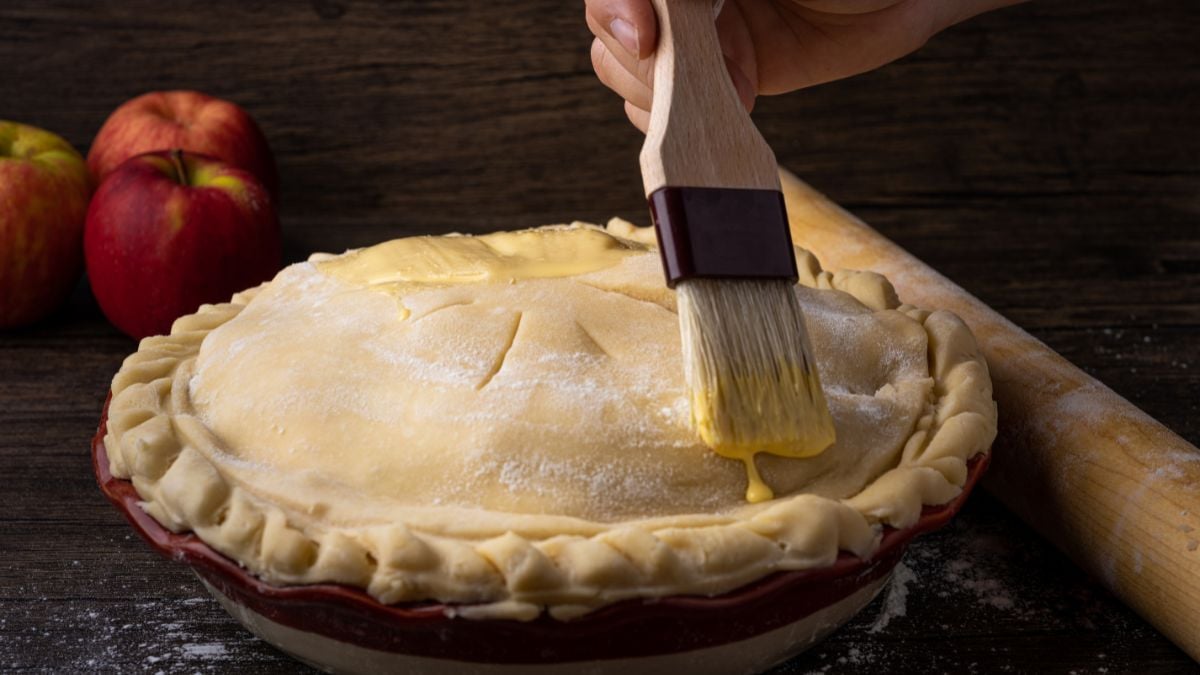
This colonial-era pie blended tart apples with a rich custard base. Spiced with nutmeg and sometimes lemon, it was especially beloved in New England. It showcased regional ingredients long before “farm-to-table” was trendy. These days, it’s a rare find even in Massachusetts.
Mock Apple Pie: Trick of the Trade
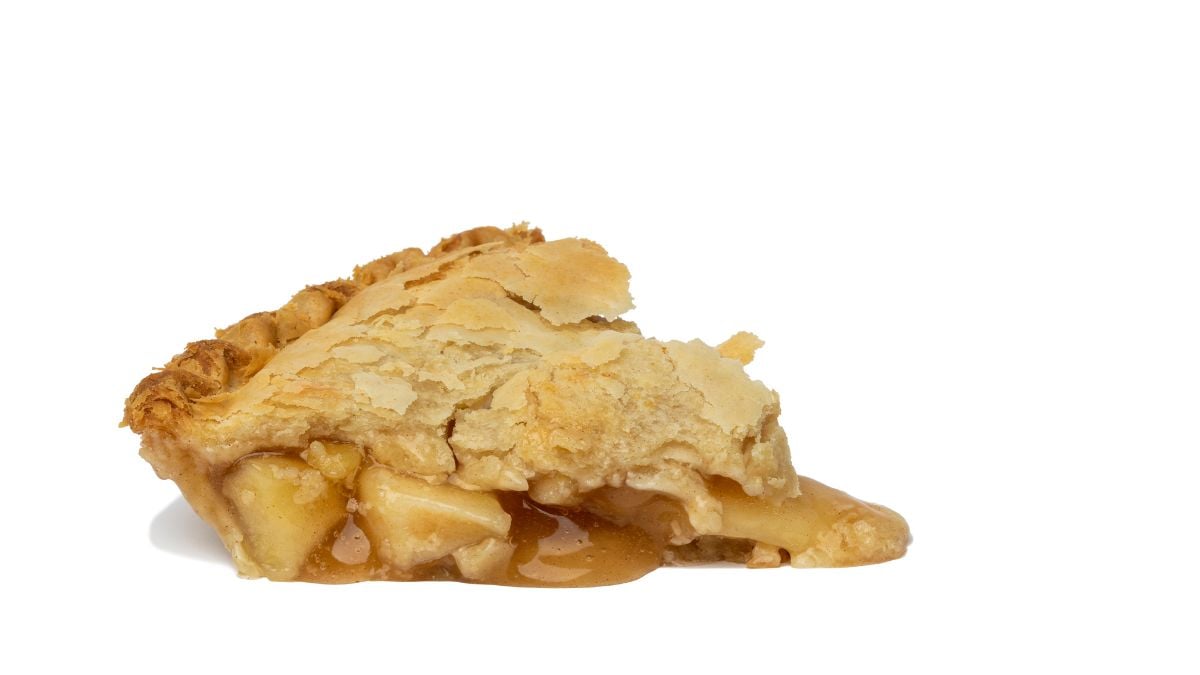
During lean years, bakers faked apple filling with crackers, sugar, and lemon. Ritz even printed the recipe on their boxes, making it a Depression-era legend. Surprisingly, the flavor came close to apple pie. Once necessity-driven, today it’s more of a quirky experiment than a go-to dessert.
Grape Pie: Finger Lakes Specialty
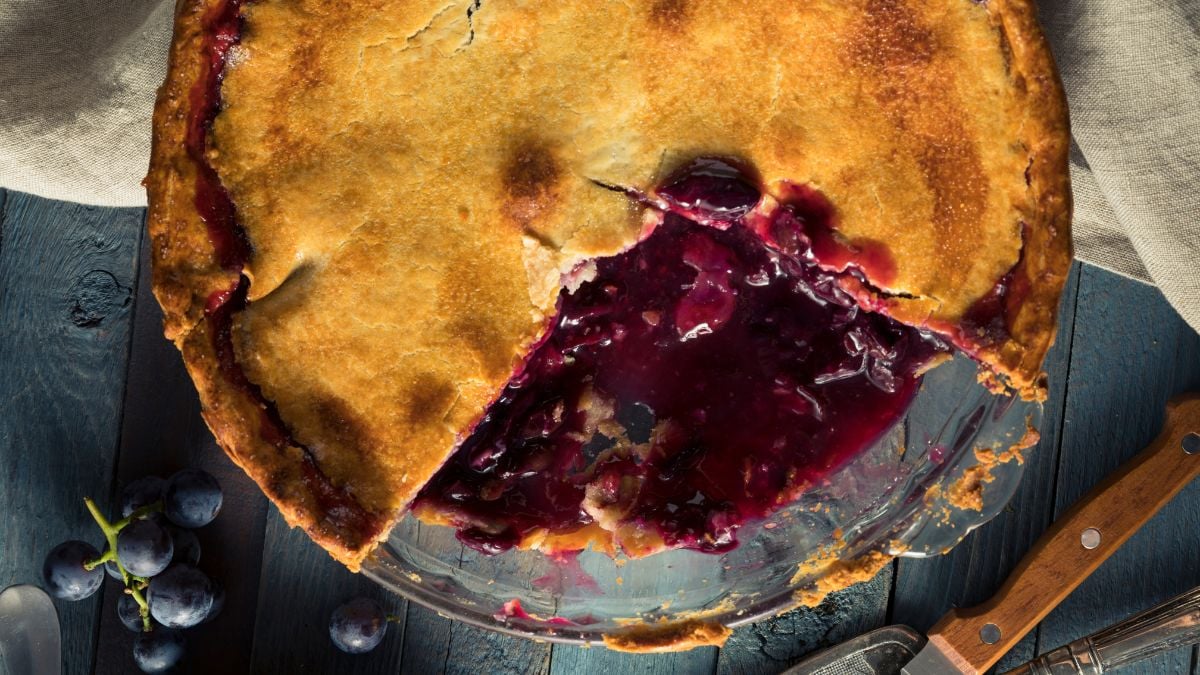
In upstate New York, Concord grapes became the star of this unique pie. Sweet, tangy, and a little jammy, it captured the harvest season. Locals still make it for fairs and festivals. Outside the region, though, most people have never even heard of it.
Million Dollar Pie: No-Bake Indulgence
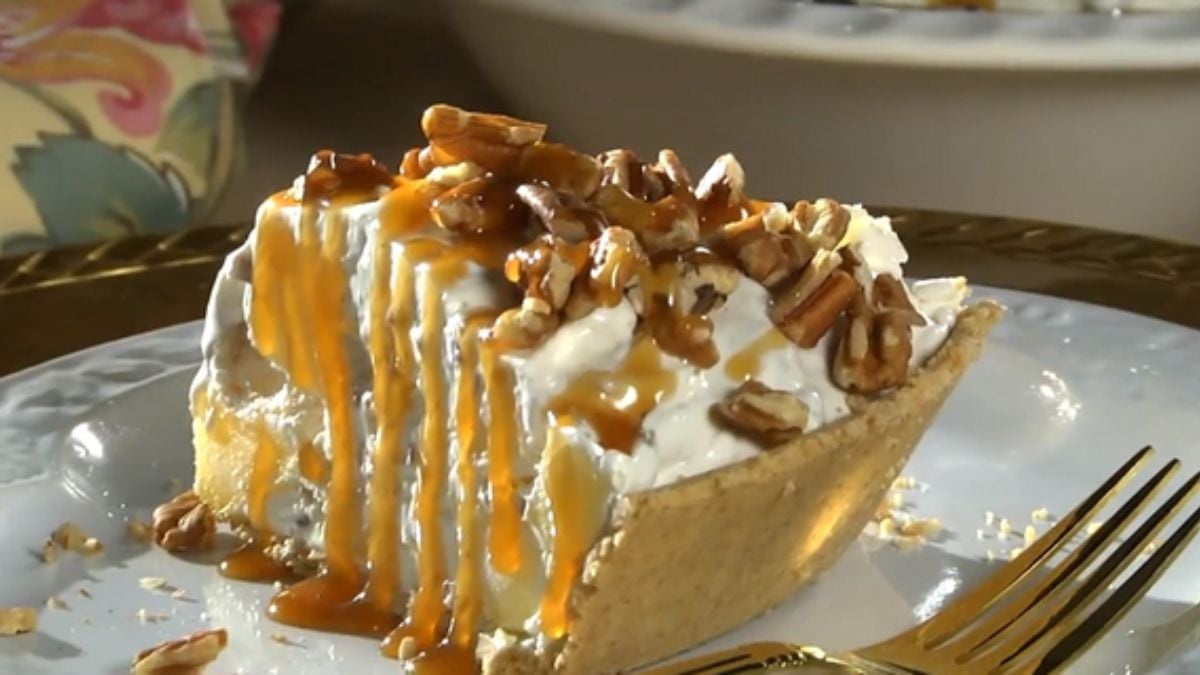
With pineapple, pecans, and whipped cream folded into a graham cracker crust, this pie felt fancy without the work. Popular in mid-century America, it earned its flashy name from its richness. Sweet, creamy, and fruity, it was a staple at potlucks. Today, it’s mostly a vintage recipe card curiosity.
Pineapple Pie: Tropical Sweetness
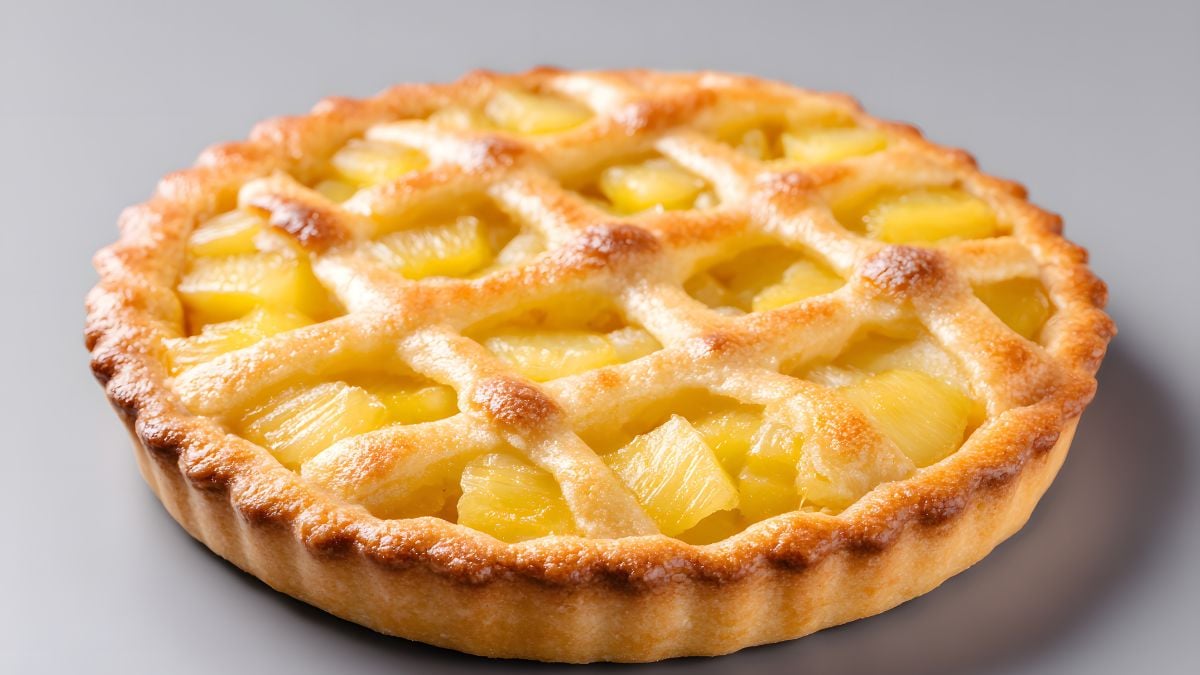
Canned pineapple made this pie accessible during the early 20th century. Its tart, tropical kick offered a break from heavier fruit pies. Often paired with meringue, it looked as good as it tasted. Once popular at roadside diners, it’s rarely spotted today.
Grasshopper Pie: Minty 1950s Fad
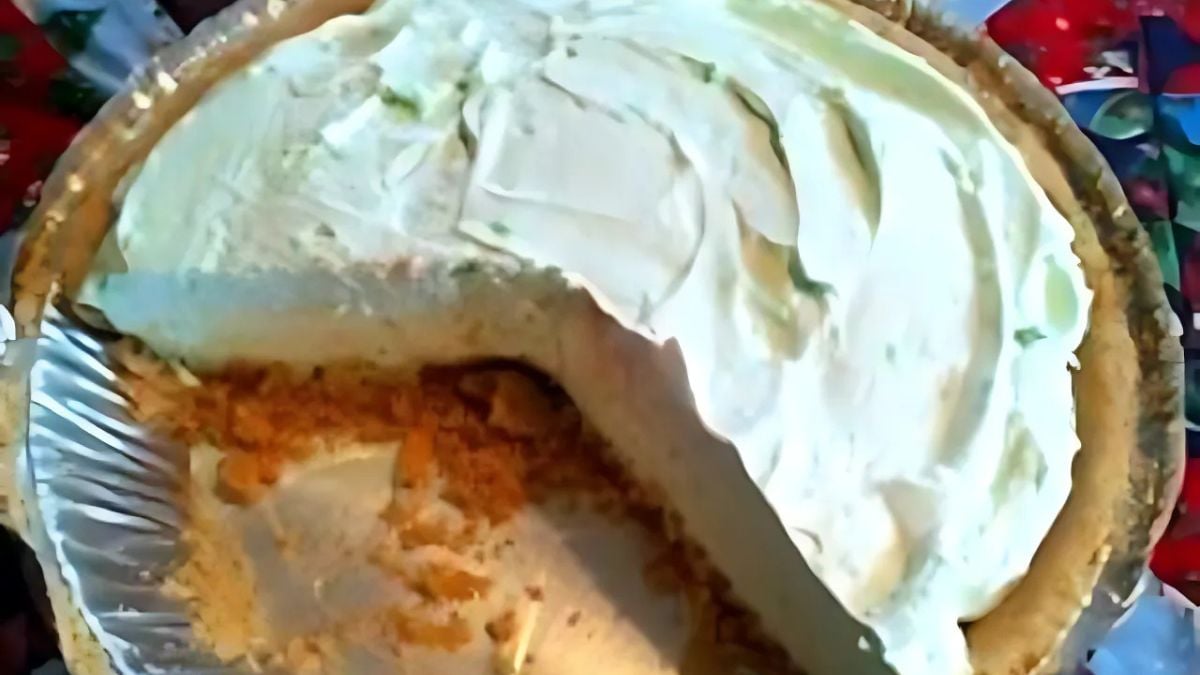
This pie wasn’t just dessert—it was a cocktail in crust form. Made with crème de menthe and crème de cacao, it screamed mid-century chic. Its pastel green filling and chocolate cookie crust were meant to impress at dinner parties. Retro charm aside, it’s now mostly a throwback novelty.
Which Forgotten Pie Deserves a Comeback?
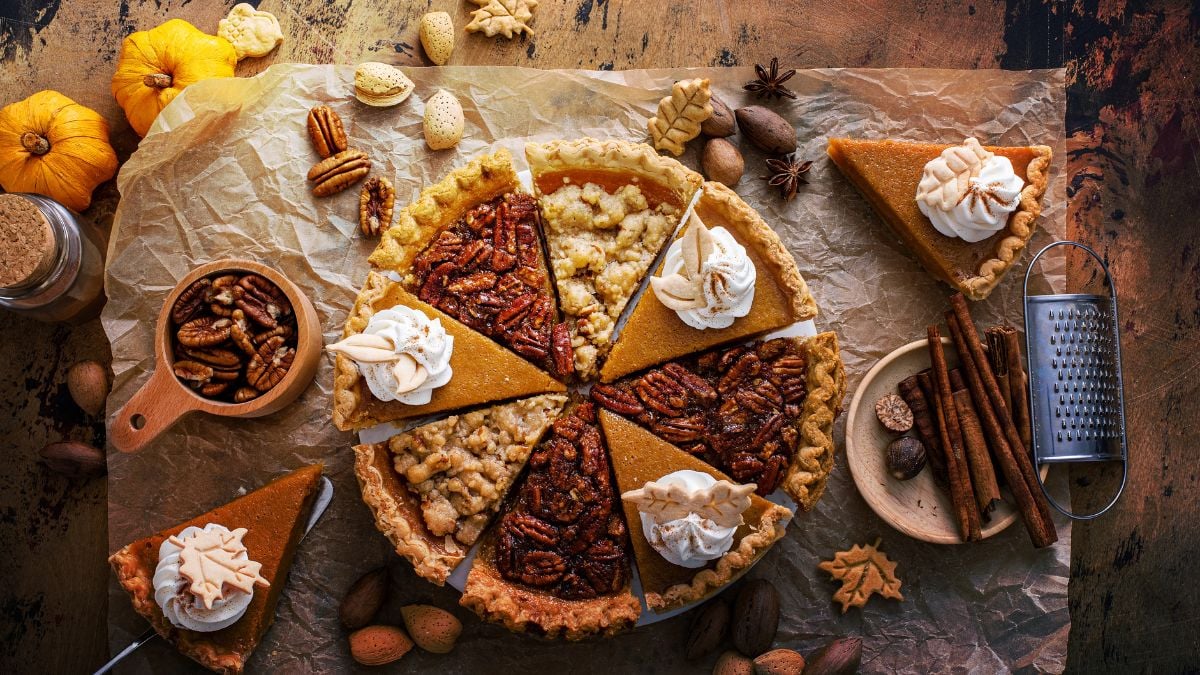
From vinegar-spiked custards to cracker-based “apple” pies, these recipes remind us how creative—and resourceful—American bakers once were. Each of these pies tells a story of the era it came from, whether hardship, innovation, or pure indulgence. While most have slipped off modern menus, they still hold a nostalgic charm worth rediscovering. Which of these forgotten pies do you think deserves a revival, and have you ever tried one that we didn’t mention? Share your memories in the comments.

